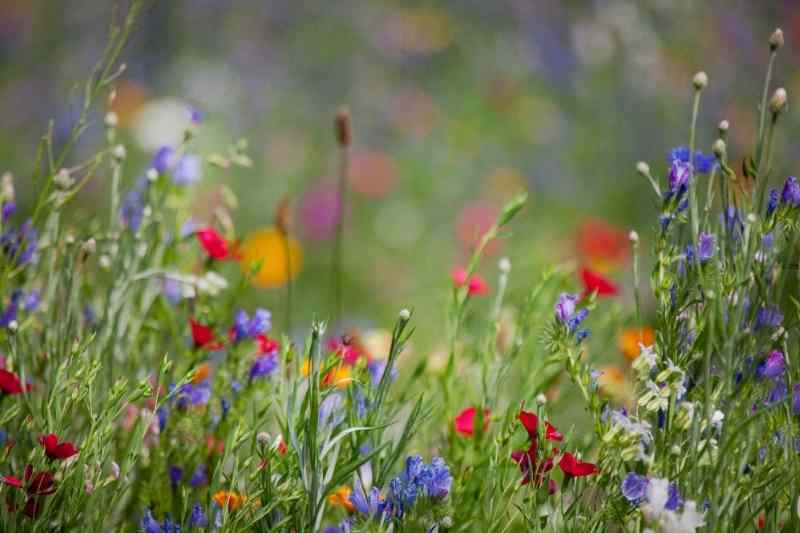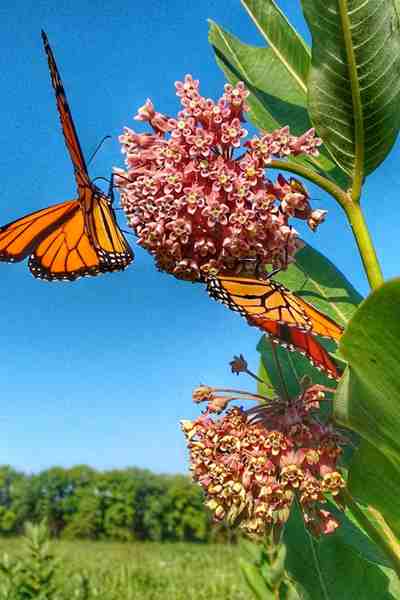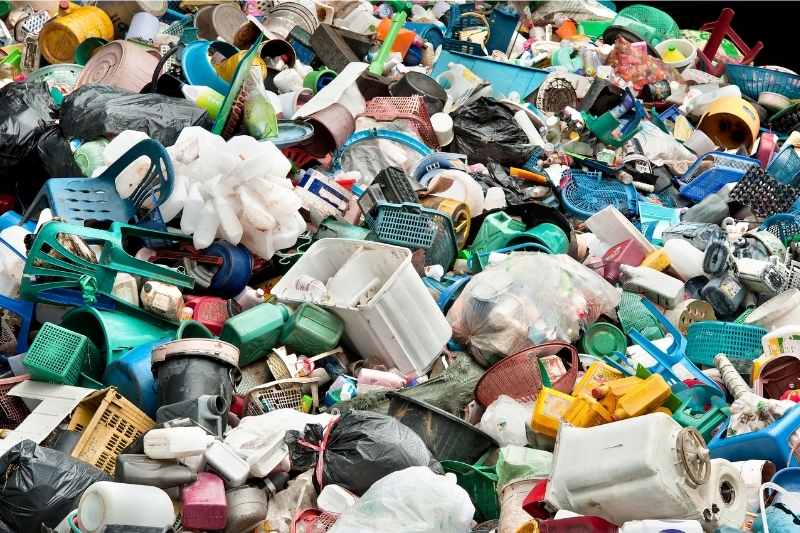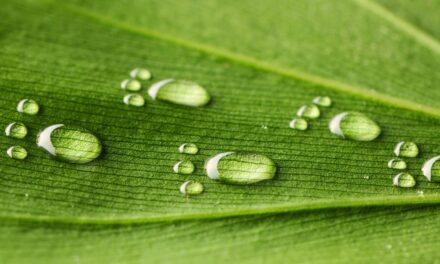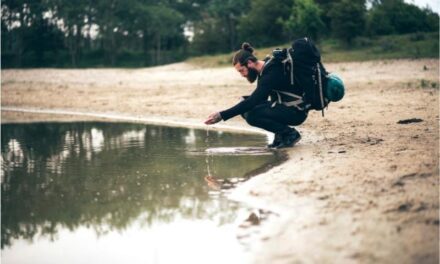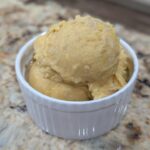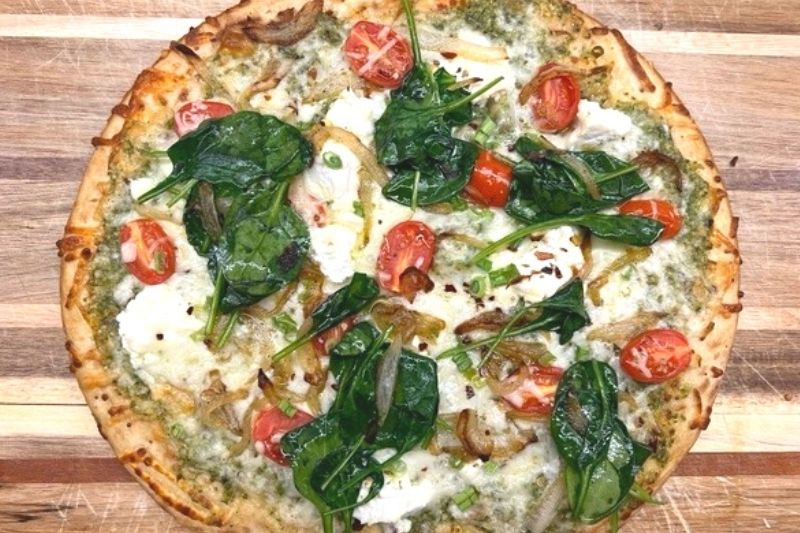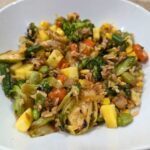We love wildflowers for a variety of reasons. The vision of beautiful bright colors displayed in natural floral arrangements catches our eyes, whether in meadows in the countryside, vacant lots in the city, or beyond human-dominated areas such as forests, wetlands, and seascapes. However, there is so much more that wildflowers provide besides their beauty. Wildflowers are an essential part of our ecosystem.
What do wildflowers benefit?
Colorful wildflowers attract hummingbirds and beneficial insects such as bees and butterflies. They enjoy the nectar and collect pollen on their bodies as they move from one plant to another. That pollen dusted on their bodies pollinates the new plants they visit. For humans, this is extremely important as pollen is essential for plant production in fruits, vegetables, and nuts.
Wildflowers provide food for birds, insects, and other animals. In addition, they create natural habitats, nesting areas for birds, and shelter for small mammals, insects, amphibians, and protection from other animals.
What is the significance of wildflowers?
For centuries, native wildflowers (plants here before European settlement) have been foraged for tea and food recipes, medicinal purposes, ceremonies, symbolism, stories, ink, and in some instances, as a currency. In A Naturalist’s Book of Wildflowers, author Laura C. Martin states, “The indigenous people of North America found medicines in the woods and fields, plains, and deserts where they lived.” Amid our days of modern medicine, several wildflowers have been shown in studies to be complementary health resources found in teas, essential oils, and tinctures. Always do your research with these resources before experimenting.
Are wildflowers thriving in today’s environment?
Some varieties are in trouble. Common milkweed, a wildflower that is an important food source for Monarch butterflies, is in decline. As a result, our migratory monarch butterfly has recently been placed on the (IUCN) endangered red list. The International Union for Conservation of Nature (IUCN) states, “Native populations, known for migrating from Mexico and California in the winter to summer breeding grounds, have shrunk by 22% and 72% over the past decade. Pesticides and herbicides used in intensive agriculture kill butterflies and milkweed, the host plant that the larvae of the monarch butterfly on which they feed.”
Non-native invasive species known as exotics are wild plants brought here to North America for their beauty or by accident. Unfortunately, they are not only out-competing and smothering our native wildflowers, but invasive plants also secrete chemicals into the ground, prohibiting the growth of native wildflowers. Plants such as Japanese knotweed, oriental bittersweet, and garlic mustard are just a few to mention.
Where can we buy wildflowers?
As the spring, summer, and fall seasons progress, we notice not only the change in colors and variations of the types of wildflowers but the variety of species that catch our eyes and ears. They lead us to want to learn and know more about them and how we can do our part to protect them by creating our unique wildflower garden, be it in a pot or plot. Wildflowers can be purchased through your local conservation resources and online.

